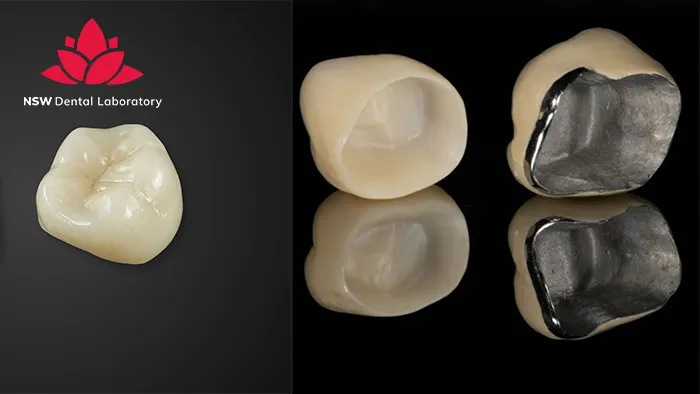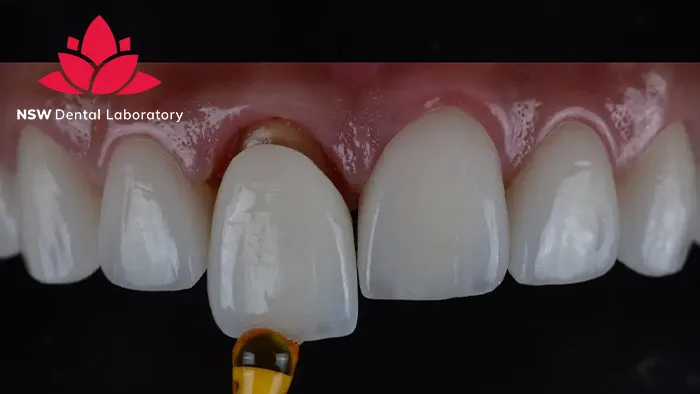Zirconia Teeth: Advantages And Disadvantages

An ideal dental treatment method provides the most benefits while minimizing drawbacks or adverse effects. Zirconia Teeth restorations are a solution that meets these criteria, making them a widely chosen treatment option among dental professionals for over 20 years. They offer exceptional strength and durability and restore both function and aesthetics while ensuring excellent biocompatibility.
However, despite their outstanding advantages, Zirconia Teeth are not ideal for every case. Depending on your expectations for dental treatment, you may not be the best candidate for this material. Therefore, in today’s article, we will analyze and explore Zirconia Teeth in detail—their advantages, disadvantages, and different types—so you can determine whether they are the right solution for you.

What Are Zirconia Teeth?
Zirconia Teeth a dental crowns made from zirconium dioxide, an extremely durable and highly biocompatible white ceramic material. It can mimic the color and translucency of natural enamel, creating restorations that are not only strong but also aesthetically pleasing.
Zirconia Teeth are used to restore damaged teeth due to decay, fractures, or discoloration. They are particularly ideal for molars that endure heavy chewing forces, patients with bruxism (teeth grinding), or individuals with metal allergies, helping to restore a perfect smile.

Advantages And Disadvantages Of Zirconia Teeth
Advantages
- Strength and Durability: One of the greatest advantages of Zirconia Teeth is its exceptional strength and durability. Compared to other types of crowns, such as glass-ceramic or PFM (porcelain-fused-to-metal) crowns, Zirconia Teeth can withstand significant chewing forces without chipping or fracturing. This makes them an ideal choice for molars, which endure the highest bite pressure, as well as for patients with bruxism (teeth grinding). Additionally, zirconia has high wear resistance, which helps extend the lifespan of the crown without the need for frequent replacements.

- High Biocompatibility: Zirconia Teeth are made from a material that does not cause soft tissue irritation or allergic reactions. They are resistant to biological and oral environmental factors, reducing the risk of gum inflammation or irritation to the surrounding gingival tissues. This makes them a safe and ideal choice for patients with sensitive conditions, especially those with metal allergies.
- Preservation of Natural Teeth: Compared to metal or PFM crowns, Zirconia Teeth can be designed thinner while still maintaining their strength. This allows for a more conservative tooth preparation, requiring less enamel removal and better preserving the natural tooth structure. As a result, Zirconia Teeth helps maintain the overall strength and integrity of the tooth.
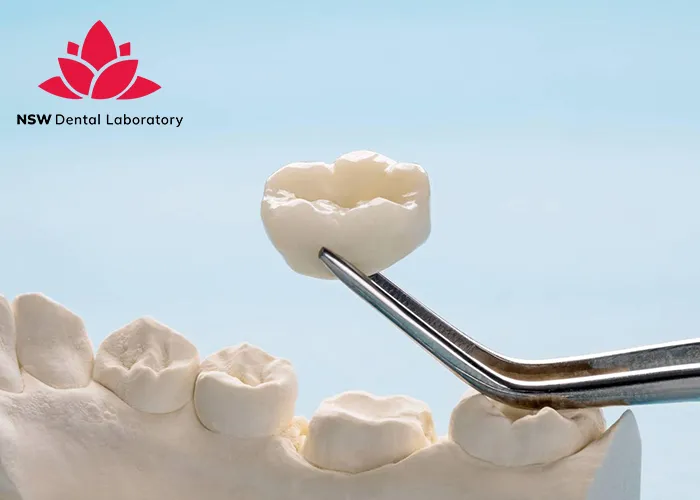
- Aesthetic Appeal: Although Zirconia Teeth are more opaque and slightly less aesthetic compared to all-porcelain (ceramic) crowns, they still offer excellent esthetics. Thanks to advancements in manufacturing technology, newer types of Zirconia Teeth have been developed with translucency closer to natural enamel. They can be stained and customized to match the various shades of natural teeth, allowing the crown to blend seamlessly and harmoniously with the overall smile.
Disadvantages
- Limited Translucency: Although Zirconia Teeth offers good aesthetics, certain types, such as monolithic zirconia, still have a certain level of opacity. This can make the restoration appear less natural compared to porcelain crowns or lithium disilicate ceramic crowns. As a result, Zirconia Teeth may not be the most optimal choice for cases requiring high aesthetic demands, such as anterior teeth restorations.
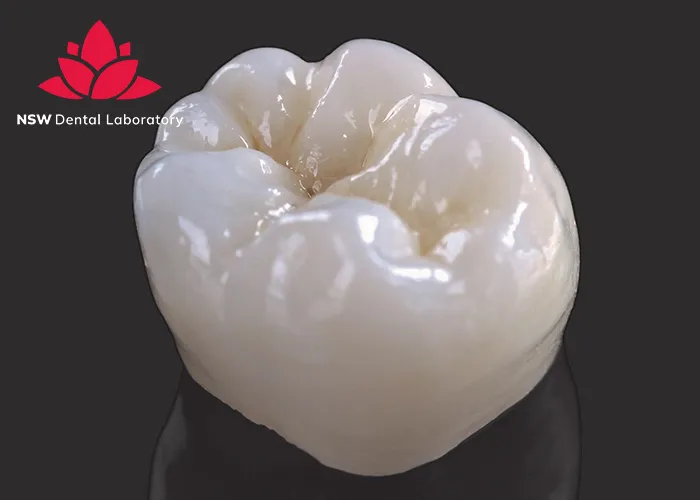
- Wear on Opposing Teeth: Due to their high hardness, Zirconia Teeth can cause wear on opposing teeth, especially in patients with bruxism (teeth grinding). To mitigate this issue, dentists can polish the zirconia surface, carefully design the crown to suit the patient’s occlusion, or recommend a night guard to minimize excessive wear.
- Difficult to Adjust and Repair: Although Zirconia Teeth are known for their exceptional strength and durability, these same properties make them challenging to repair or adjust. Dentists must use specialized diamond burs, and the adjustment process is more time-consuming compared to other types of ceramic crowns. Therefore, precise design and fabrication of Zirconia Teeth are crucial from the outset to avoid difficulties in making modifications after cementation.
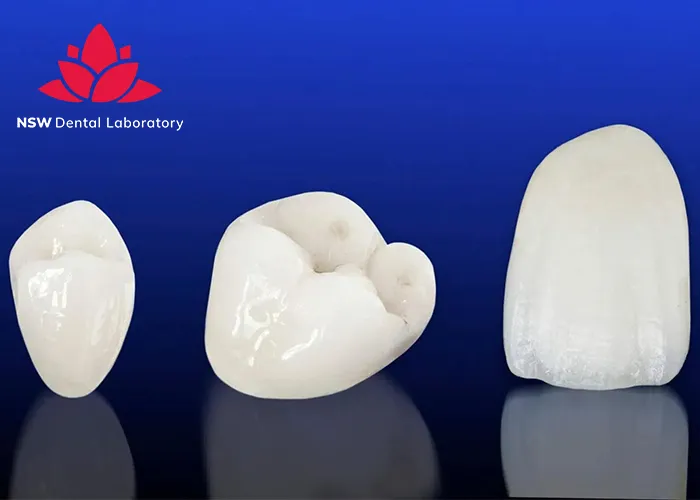
Types Of Zirconia Teeth At NSW Dental Laboratory
Monolithic Zirconia Or Solid Zirconia
Solid Zirconia or Monolithic Zirconia offers exceptional strength and durability due to its high concentration of stabilizing agents. However, it has a higher opacity, making it more suitable for posterior crowns, especially for patients with bruxism. Solid zirconia is also highly effective in masking severely discolored teeth, particularly those that have darkened due to previous dental treatments, such as a post and core or an implant-supported restoration.
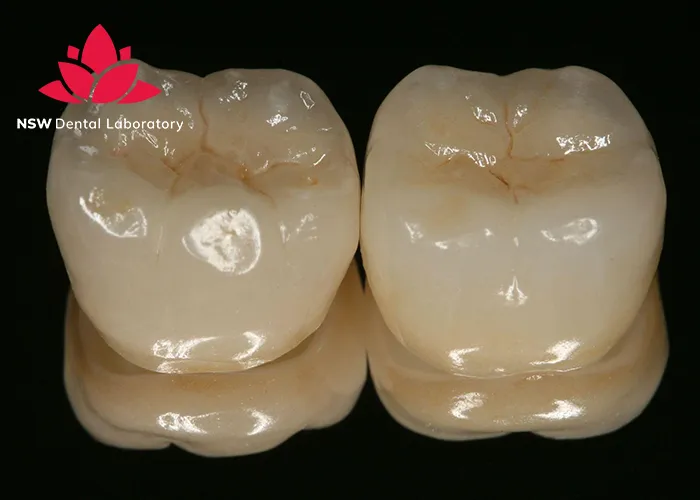
Solid Zirconia
High Translucent Zirconia
High translucent zirconia is considered the most natural-looking of all zirconia types. Its heightened translucency allows it to reflect the color of the surrounding teeth, resulting in crowns that seamlessly blend with the rest of the dentition. Due to its inherent natural fluorescence under all lighting conditions—whether daylight, sunlight, or black light—the restoration always appears natural without the need for a special fluorescent glaze.
NSW Lab uses high-quality materials from Lava™ Plus High Translucency Zirconia to fabricate perfectly beautiful restorations, particularly in anterior crowns where high-standard esthetics are paramount.

High Translucent Zirconia
Multilayer Zirconia
Multilayer Zirconia is an advanced type of zirconia material designed to replicate the natural structure of real teeth by combining multiple layers with varying opacity, translucency, and strength. Each layer has different levels of translucency and strength, allowing it to mimic the natural gradient of dentin, resulting in highly aesthetic restorations, especially for anterior teeth.
At NSW Dental Lab, we use Cercon Multilayer due to its unique advantages, such as its highly translucent multi-layered composition and its versatility for various monolithic restorations.
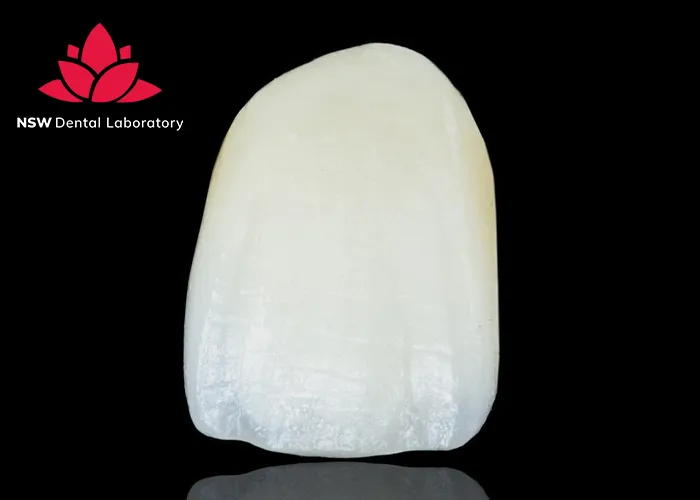
Multilayer Zirconia
Conclusion
Zirconia Teeth offer the perfect combination of structural integrity and aesthetics, making them a popular choice for restoring damaged or decayed teeth. They provide numerous advantages for durable and lifelike restorations while minimizing potential drawbacks.
This comprehensive review of the advantages and disadvantages of Zirconia Teeth in our blog aims to equip readers with in-depth knowledge and insights. Whether you are a dental professional or a patient, understanding the various aspects of zirconia can help in making informed and appropriate decisions for dental treatments.

At NSW Dental Lab, we are committed to fulfilling all your zirconia restoration needs, from single crowns to multi-unit bridges, ensuring superior strength, durability, and aesthetics. Furthermore, we recognize that the key to enhancing patient experience and optimizing clinical efficiency lies in digital workflow integration—the ultimate solution for modern dental practices.

If you have any considerations or inquiries regarding zirconia restorations, please note that our team of highly experienced technicians is always ready to provide expert support and guidance.


